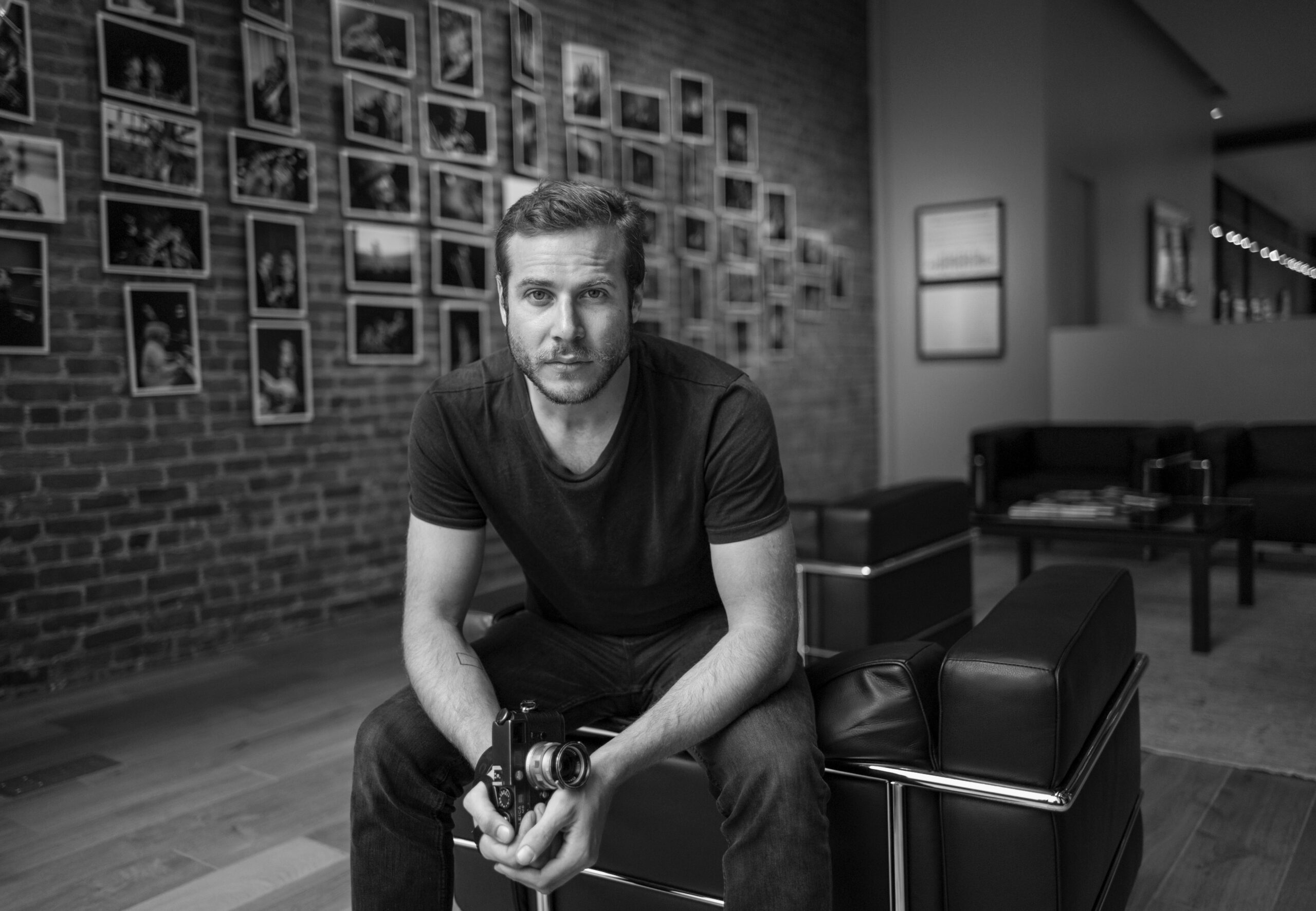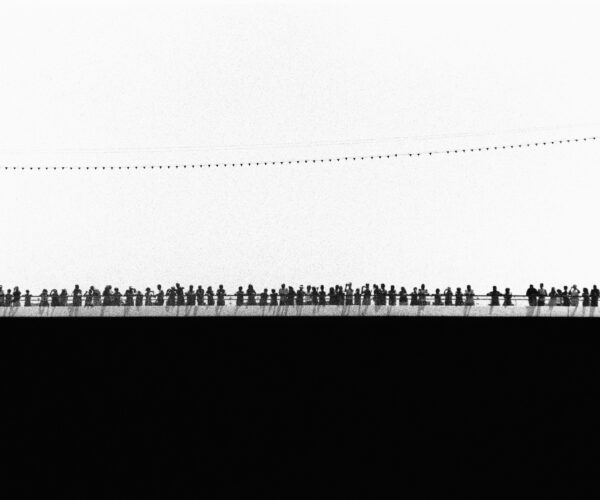

Renato D’Agostin
Renato D’Agostin was born and raised in Venice, Italy, “where for most people photography in those days meant weddings and passport pictures,” he says. Yet the city did manage to nurture his future career, if only inadvertently so: After falling in love with a photograph of an elephant that his mother won in a town prize drawing, he commandeered his father’s Nikon, signed up for a local photography class, and spent his teenage years documenting scenes from everyday Venetian life, a process he’s hewed towards ever since. Still, he considers his first foray away from home in 2002, on a road trip through the capitals of Western Europe, to be his most formative experience. “I took that trip to see if interpreting reality was what I really wanted to do,” D’Agostin recalls. “From that moment on, I never had any doubt. I felt like traveling was the place where I wanted to live, and the camera was my extension.”
After leaving Milan’s Italian Institute of Photography and moving to New York three years later, one of his first shows was Metropolis at Leica Gallery, comprising mostly black-and-white images he’d taken on that trip and a few others; he’s since become known for projects that involve researching a place, traveling there, then walking its streets to stake out the kinds of minimalist, fragmentary details that provide a visceral feeling of what it’s like to live there. “I had people at my opening in Tokyo saying I’ve been here for 70 years and this is the first time I’ve seen Tokyo represented like Tokyo,” D’Agostin says. “You don’t see the streets there. You don’t see anything.” Each place — from Tokyo to Shanghai, Mount Etna, and Venice (revisited) — becomes not only an exhibition, but an obsessively curated large-format book, a method most likely inspired by D’Agostin’s time working as an assistant to Ralph Gibson early in his career. (Gibson also taught him “the percentages of tonalities that make a print a great print, and how important it is to study your own work,” he says.)
It was one of those books that inspired this studio visit, in fact. While visiting SU contributor Brian Ferry’s house last year, we happened to pull Tokyo Untitled off the shelf with curiosity, having remembered meeting D’Agostin at an Apartamento party years earlier; it turned out he was one of Ferry’s favorite photographers, and the two had been in touch over email. The three of us ended up spending several hours together eating pizza, drinking wine, and observing D’Agostin’s darkroom process in his Chinatown studio last spring, followed by a recent follow-up visit Ferry paid to his brand new space in Brooklyn. The slideshow at right documents both visits, plus the contents of several conversations over the past year, to offer a glimpse into D’Agostin’s unique take on image-making.




